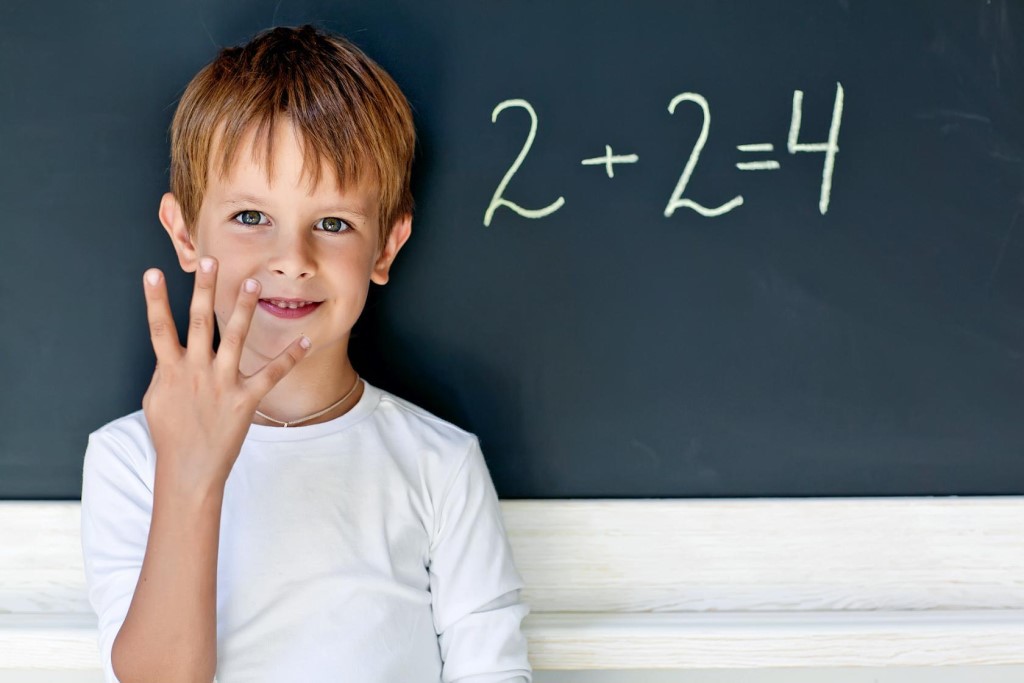Even or odd number
Even at the preschool age children learn that there are even and odd numbers. Determining in the abstract whether a number is even or odd is not easy. But everyone understands whether some number can be divided by two without a remainder, or not. Explain to a child even and odd numbers will help entertaining exercises.
What are even and odd numbers
Even numbers are those that divide by two without a remainder. But how to explain a child dividing by two, if complex mathematical operations to master yet early? The easiest way – memorize by heart: by two divide by 2, 4, 6, 8, and all the multi-digit numbers that end in them, as well as 0. Odd numbers by 2 exactly do not divide, this number is 1, 3, 5, 7, 9, and those multi-digit numbers that end in them.
Even and odd numbers table
To quickly determine whether a number is even or odd, you can use the table to 100. It will alternate even and odd numbers. In our table, even numbers are highlighted.
Even and odd numbers on a number line
First, tell your child what even and odd numbers are.
Illustrate this with examples – lay out different numbers of pencils in front of your child and try to divide them into two equal parts. If you can do this, then the number of pencils is an even number. If there is an extra pencil, the number is odd.
You can use any object – toys, chips, spoons – to show even or odd numbers. If there are two equal groups and no extra objects are left, then the total number is even. If there is an extra item, the number is odd.
Memorization comes with practice. First, have your child continue through a series of even or odd numbers, starting with the number you specify. The skill of counting through one will come in handy in this exercise. The next step is to offer to determine if any number is even or odd. Play a game: you ask for a number in a small range and tell them that it is between 4 and 7. And the child, using the question, “Is this an even or odd number?”, tries to guess the number you have in mind. If the child guesses it, he or she asks the next question.
Rules for adding even and odd numbers
Even if a child does not know how to add numbers in his mind, he can remember a few simple rules:
Adding two even numbers will always result in an even number, too. 24 + 32 = 56 is an even number.
Two odd numbers add up to an even number. 13+17=30 – even
Adding one even and one odd number always produces an odd number. 43+32=65 – odd.
Which number 0 is an even or odd number?
Zero is an even number.
Some adults still have difficulty answering this question correctly. So how to explain it to children in an accessible way?
First, to determine whether it is even or odd, you need to remember what numbers are called even – those that are divisible by 2 without a remainder. Zero is divisible by 2 without a remainder. So zero is an even number.
Second, we already know that even and odd numbers alternate. After zero there is an odd number 1. So zero is an even number.
The fact that all numbers that end in 0 are even will also help you remember the evenness of zero. So zero is also an even number.

Recent Comments